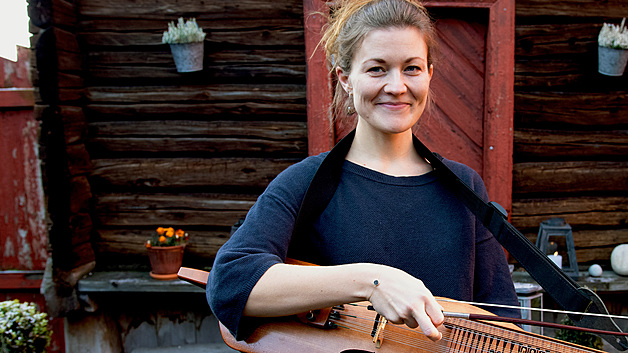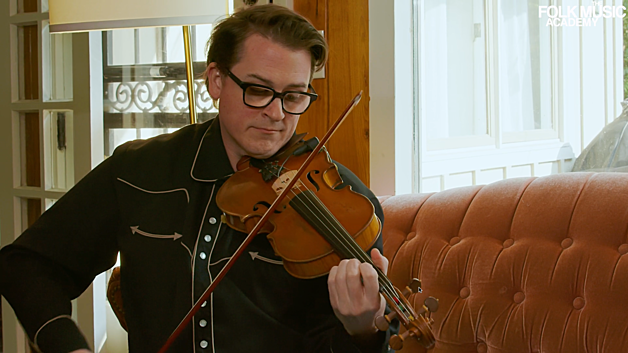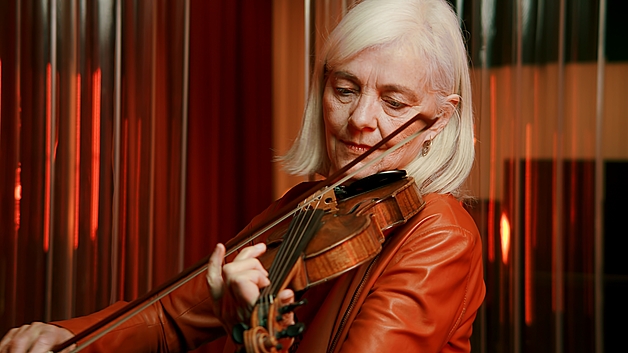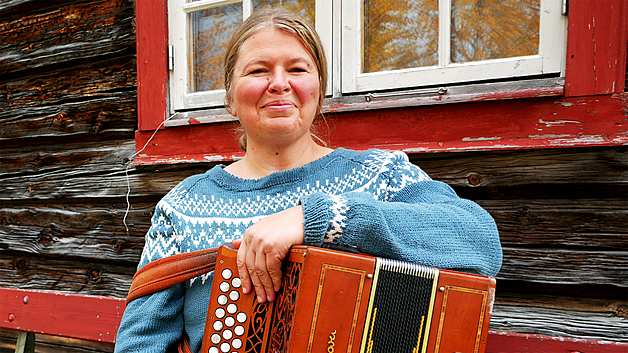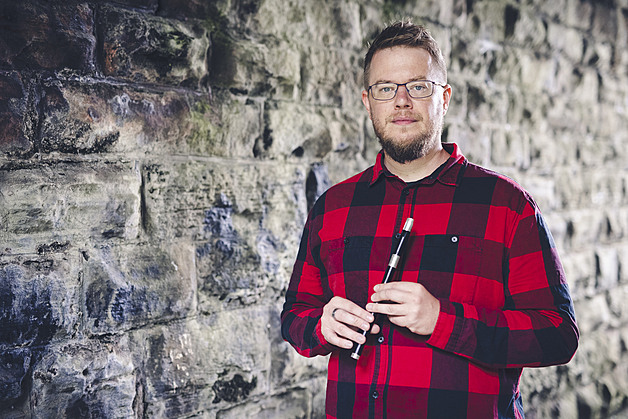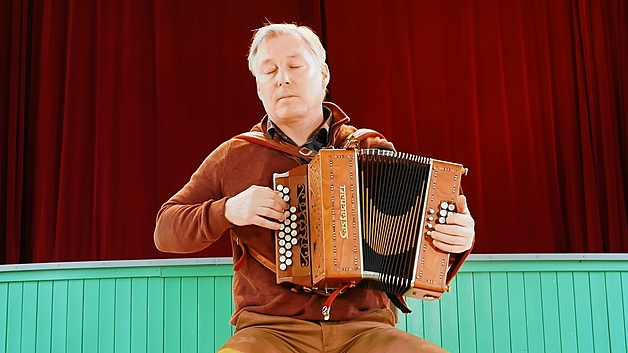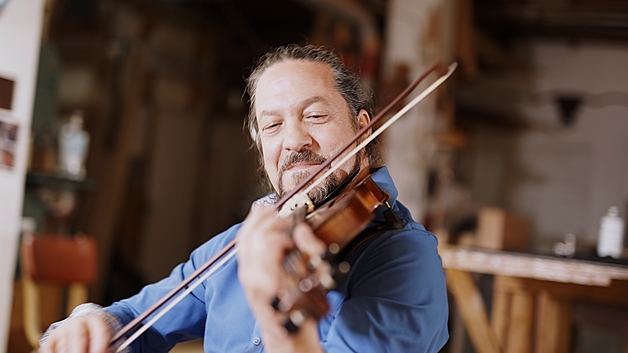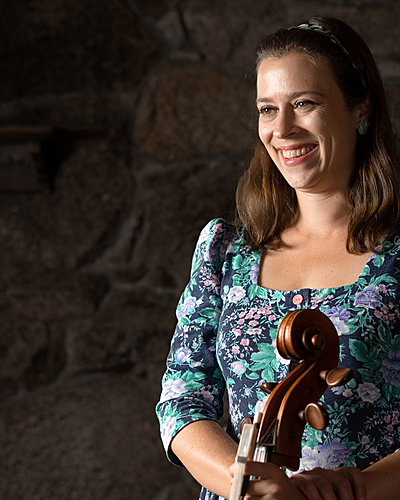
Celtic Folk Cello [US]
If you want to learn some awesome tunes on Cello, this is the course for you!
Start playingAbout this course
The course is an introduction to Celtic cello, featuring 8 melodies from Ireland, Scotland, and England which are well-suited to the cello.
We will explore how to adapt fiddle melodies to cello, from bowing and ornamentation to how to make those tricky tunes that spend a lot of time on the E-string work in a more comfortable way!
We will also look into some basics of how to accompany, from different rhythmic techniques and chord voicings to some basic patterns for the most prevalent tune types.
Filmed by: Diego Bea Besada
edited by: Jens Linell
We will explore how to adapt fiddle melodies to cello, from bowing and ornamentation to how to make those tricky tunes that spend a lot of time on the E-string work in a more comfortable way!
We will also look into some basics of how to accompany, from different rhythmic techniques and chord voicings to some basic patterns for the most prevalent tune types.
Filmed by: Diego Bea Besada
edited by: Jens Linell
Browse the 15 lessons
- Introduction to Celtic Cello
- Megan & Jarrod’s Waltz/Emerson’s
- Folk Cello Crash Course For Classical Cellists
- Chop Fundamentals For Cello
- Reel backing
- Jig Backing
- Chord Voicings For Cello
- March of the Mín a’ Toitean Bull
- Dark Lowers the Night
- Domhnall Dubh
- Archibald MacDonald of Keppoch
- The Rolling Waves
- Elizabeth Kelly’s Delight
- Pigeon on the Gate
- Cobbler’s Hornpipe
About the Cello
The cello, also known as violoncello, is a string instrument from the violin family. It is played by bowing, plucking, or occasionally hitting the strings. The instrument has a rich history in folk traditions and is often featured in various styles of music worldwide. In many cultures, the cello is used to play traditional songs and melodies, adding a unique and soulful sound to the music. The cello has four strings that are usually tuned in perfect fifths: C2, G2, D3, and A3. Music for the cello is typically written in the bass clef, although tenor and treble clefs may be used for higher-range passages.
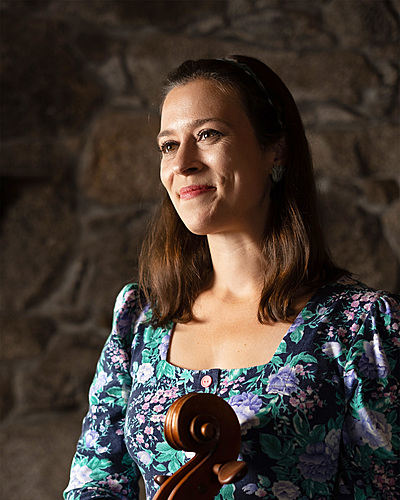
About Natalie Haas
Natalie is one of the most sought-after cellists playing traditional music today. Her skills as an educator make her one of the most in-demand teachers at fiddle camps across the globe. She also teaches privately, in workshops, and at Berklee College of Music in Boston,
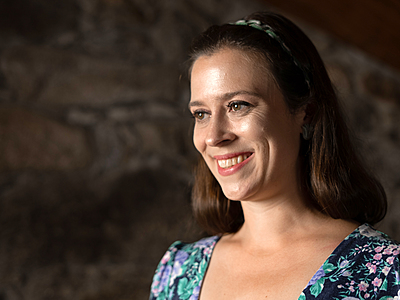
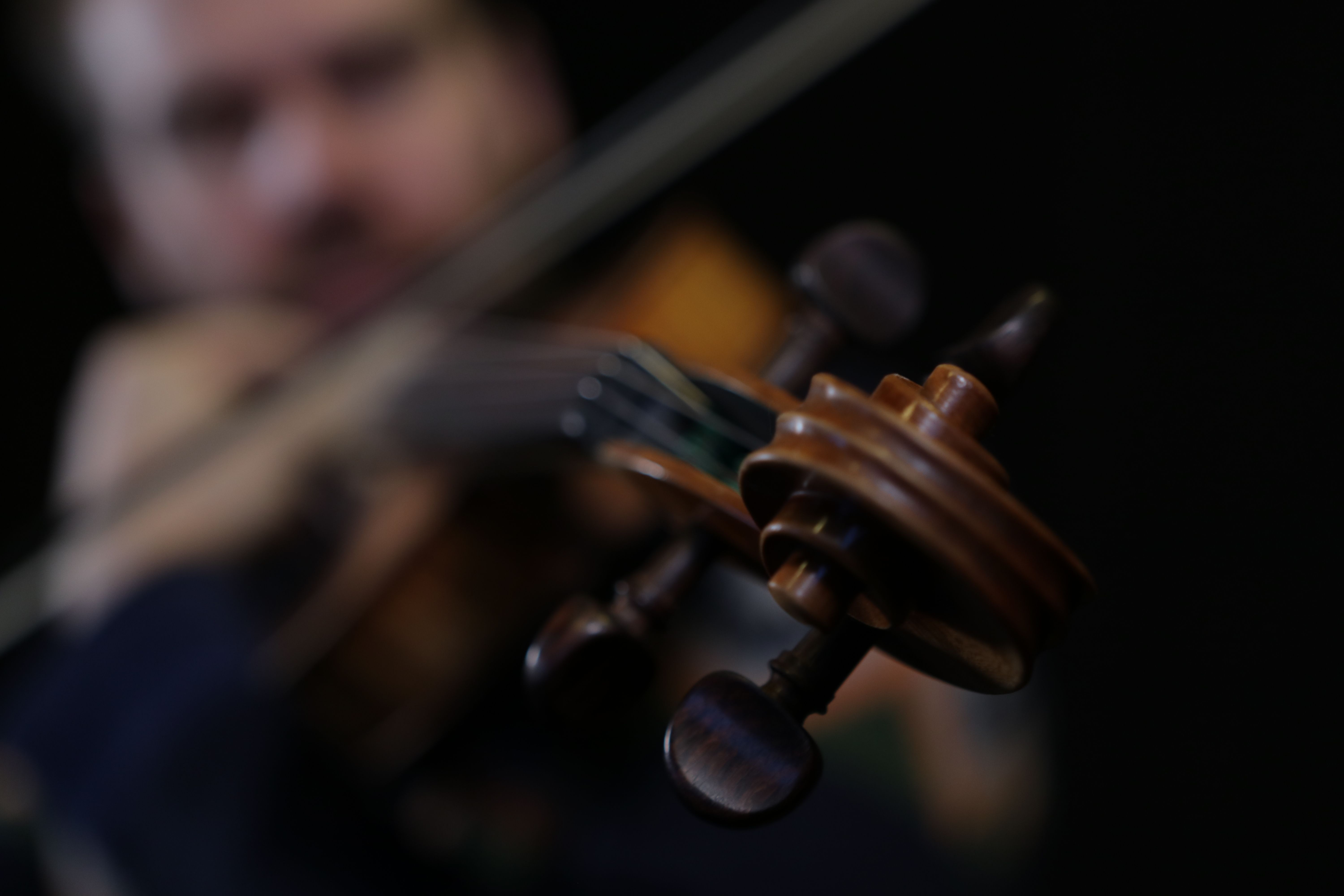
The best online
platform for
Folk Music!
On the Folk Music Academy, you will be able to learn folk music in online video masterclasses taught by some of the best traditional musicians around.
Popular
Courses
Our courses are taught by some of the very best musicians and teachers. Every course contains high-quality video lessons shot from multiple angles, for an optimal learning experience.

